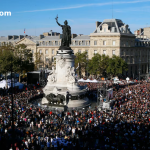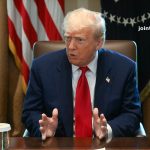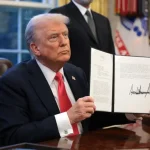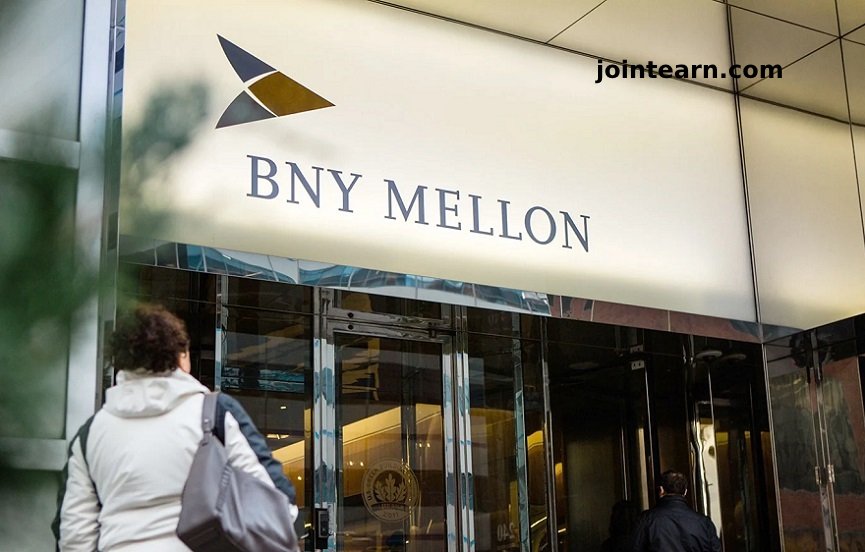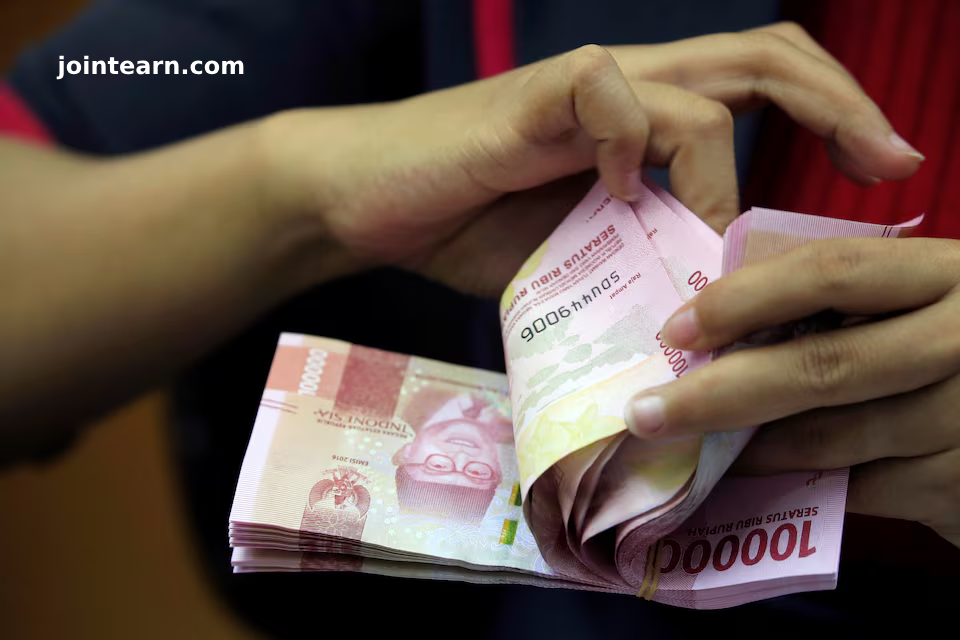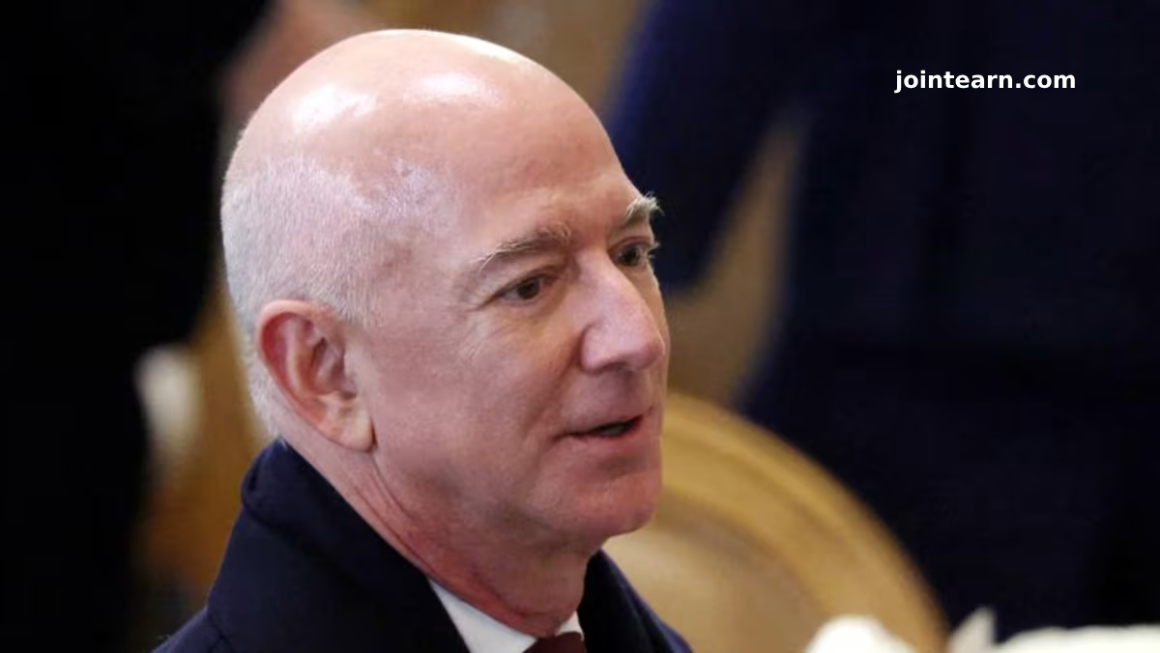The Bank of Japan (BOJ) kept its interest rates unchanged during its latest policy meeting, while trimming its economic growth forecasts for fiscal 2025 and 2026, amid rising uncertainty stemming from U.S. trade tariffs under President Donald Trump.
Speaking at a press conference, BOJ Governor Kazuo Ueda addressed a wide range of concerns — from Japan’s inflation trajectory to the impact of U.S. tariffs on global supply chains and future rate hike timing.
U.S. Tariff Uncertainty Looms Over Japan’s Outlook
Governor Ueda acknowledged that the recent announcement of reciprocal U.S. tariffs has created heightened uncertainty around global trade. The BOJ’s forecasts now assume that no major disruptions will hit global supply chains, although Ueda emphasized, “uncertainty is higher than in the past.”
The BOJ now expects Japan’s economy to slow, citing “downward pressure” from reduced global demand and delayed household and corporate spending.
Inflation on Track—But Slower Than Expected
Despite the cut in Japan’s GDP growth forecast, Ueda said the BOJ’s 2% inflation target remains reachable within the three-year projection window. However, he acknowledged that inflation will likely stagnate short-term before resuming a moderate upward trend.
“Underlying inflation has been rising gradually, not sharply, so we’re not behind the curve,” Ueda said. He added that while the timing of inflation convergence to 2% may be delayed, that does not automatically imply a delay in future BOJ rate hikes.
Wage Growth and Real Interest Rates
The BOJ revised its inflation and wage growth expectations downward, citing the ripple effects of higher tariffs. Still, Ueda expressed confidence that Japan’s tight labor market would sustain a “positive cycle” of wage and price increases.
He highlighted that real interest rates in Japan remain low, justifying the BOJ’s decision to maintain its accommodative monetary policy for now.
Impact of Trump Tariffs on Japan’s Policy Path
Ueda noted that prolonged U.S. tariffs under Trump could theoretically reduce Japan’s natural interest rate by altering resource allocation, but said it’s too early to make that conclusion. He left the door open for a shift in policy, depending on how trade and inflation scenarios evolve.
“If we see inflation overshooting while growth undershoots, our response will depend on the extent of both,” he said.
Consumption and Food Prices
Ueda addressed concerns about consumer spending, which he said is “rising as a trend,” despite surging food prices. He expects real wages to improve as food inflation moderates, potentially lifting household consumption.
He acknowledged surprises in the recent inflation trends — notably, that rising wages have not significantly boosted services inflation, and that soaring food prices have eroded real wage gains more than expected.
Key Takeaways:
-
BOJ keeps interest rates unchanged amid U.S. tariff uncertainties
-
Growth forecasts cut for FY2025 and FY2026
-
Inflation target of 2% remains in sight, though timing is delayed
-
U.S. tariffs under Trump seen as a significant external risk
-
BOJ maintains flexibility on future rate hike decisions
